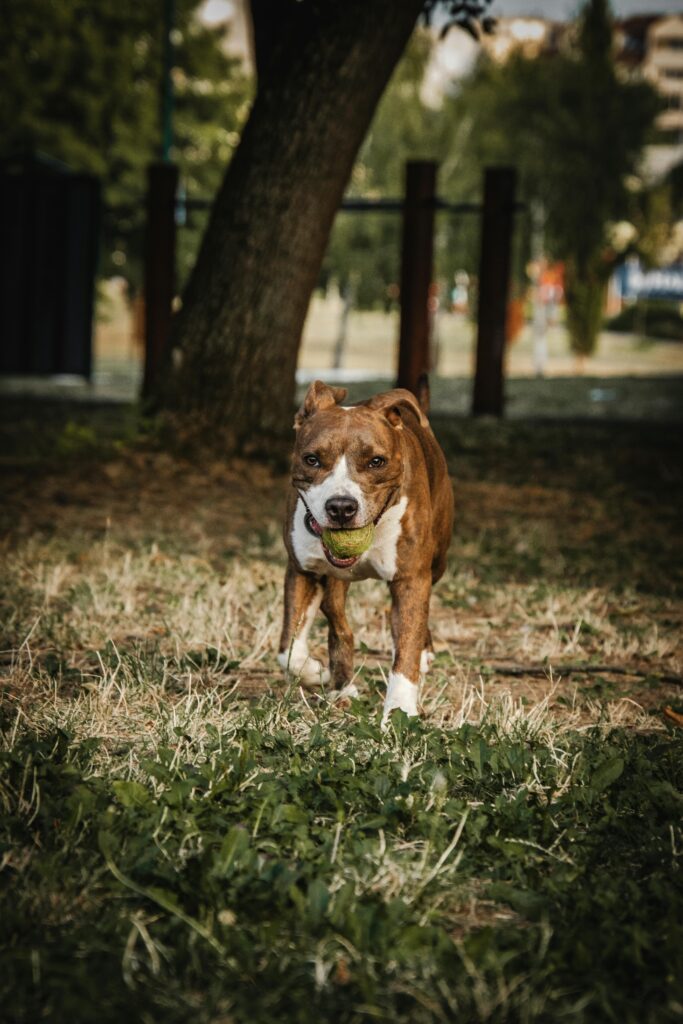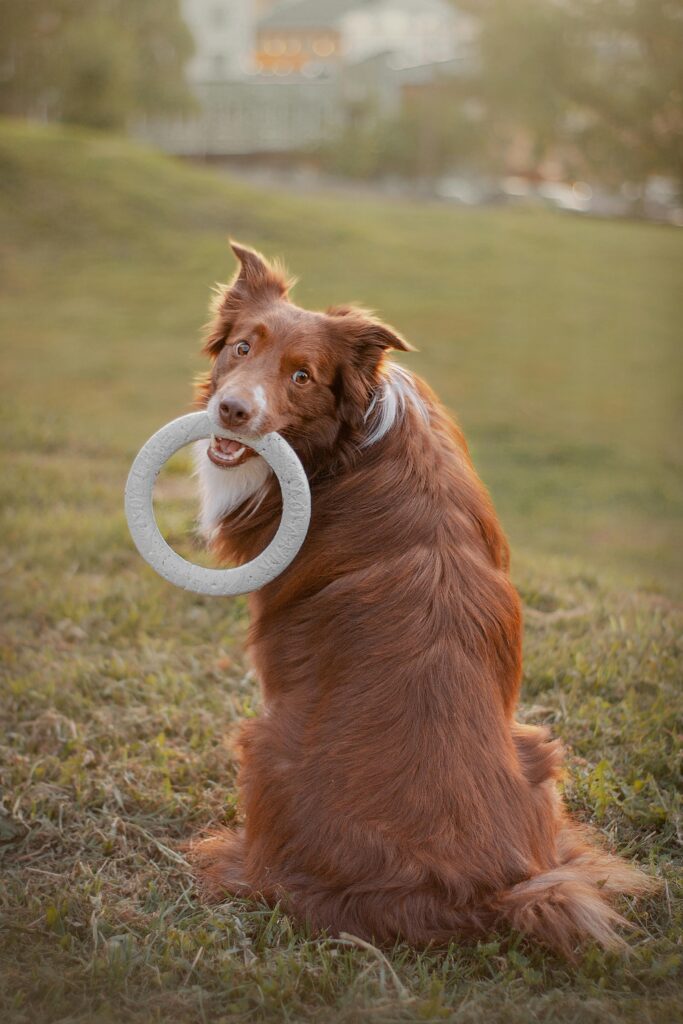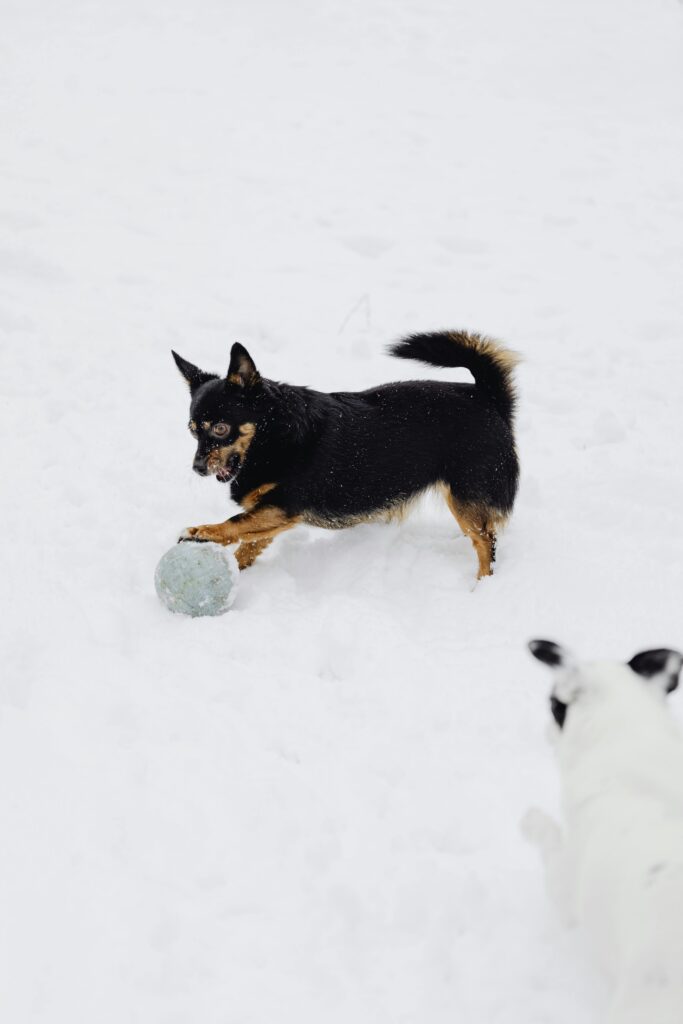The dog-loving society is now engaging in a new approach to what is concept dog training?
It’s a wonderful step forward. This theory is modern, effective, and surprisingly simple. But since it is new to the canine world, many people are a bit confused about what it really means.
I am here to share the good news that concept dog training is not complicated; it’s just a smarter way of helping dogs learn and think for themselves, and I am here to clear up the things.

What is concept dog training?
So, what is concept dog training? Simply put, it’s the way of teaching dogs how to think like humans and not just focus on what to do. It means instead of focusing on commands like “Eat,” “Sit,” and “Stay,” dogs will now understand bigger ideas like patience, calmness, confidence, focus, and self-control. These abstract concepts make dogs better thinkers, good problem solvers, and more adaptable to different situations. The concept training builds not just good behavior, but a smarter and more balanced dog.
Main principles of concept dog training:
1. Impulse control
It’s the ability to resist acting on urges and desires.
Example of a dog’s impulse control: If the main door is open, but they should not run out without permission, that is impulse control.
2. Confidence building
It is the process of increasing trust in oneself or others by gaining experience.
Example of a dog’s confidence building: The dog should not be timid and should meet new people and environments without any fear.
3. Problem solving
The process of analyzing and overcoming obstructions to achieve a desired result.
Example of a dog’s problem-solving skill: A dog can decide for itself what is good or bad for itself in any given situation.
4. Flexibility
The ability to adapt to change or a situation
Example of a dog’s cognitive flexibility: Whether in the park or at home, a dog should understand where to be calm and where to play.
5. Focus and attention
It is the brain’s ability to concentrate on any stimulus, which means it’s up to you what you choose to attend.
Example of a dog’s focus and attention: Instead of focusing on surrounding voices, a dog should focus on its owner only.

Not everything in reach is up for grabs
When people ask, What is concept dog training? One of the most important things to understand is “calmness.” Teaching calmness helps your dog lower their provocation levels and stay relaxed even in normal stressful situations. A big part of it is a sub-concept I always use: “Not everything in reach is up for grabs.”
It means you and your dog are living together 24/7 in the same house. That doesn’t mean you have to pet, look at, and talk to them all the time. Likewise, food on the table doesn’t mean it’s for your dog. Another example is if he is walking and has something on the road; it’s up to him whether he should eat it or roll it over. That’s his impulse control here.
This concept doesn’t mean you should never give love, share treats, and let them socialize, but the key is doing things on your own terms, not automatically. It’s the decision-making skill that your dog needs to learn, and when you fabricate the concept into daily life, it becomes second nature for your dog.
Some concepts a dog can learn:
• Discrimination
Dogs are smart enough to tell the difference between signals or objects. With proper training, they learn to recognize shapes, colors, and even different textures.
• Spatial Awareness
Dogs can be taught to better understand spaces and how to move through them. Your dog should know the difference between indoors and outdoors and confidently navigate obstacle courses and mazes.
• Object permanence
Dogs can understand that something still exists, even when they can’t see it. You can teach this through hide-and-seek games with their favorite toy or treat.
• Cause and Effect
Dogs can connect their actions to the results. For instance, they can learn that pressing a button makes a treat pop out.
• Categorization
Just like humans, dogs can learn to categorize things together. For example, they can easily sort toys by types like ropes vs balls, or even by colors.
How to teach these concepts?
The best way to teach is through positive reinforcement techniques. Reward your dog when they get it right. Start with easy training, keep sessions short, and gradually move on to a harder concept. Most importantly, keep the sessions fun and engaging so your dog enjoys the learning process.

Benefits of Concept Dog Training?
- Improves focus and attention.
- Strengthen impulse control.
- Reduces stress and anxiety.
- Boost confidence.
- Builds problem-solving skills.
- Strengthen the dog-owner bond.
- Enhance adaptability.
- Encourages calmness.
- Improves decision-making skills.
- Promotes long-term good behavior.
Final words
So, what is concept dog training? At its core, it is a modern and advanced approach that goes beyond teaching simple commands and instead builds your dog’s cognitive skills so that they are able to think, adapt, and make better choices. For a well-rounded, balanced, and happy dog, your focus should be on teaching them calmness, problem-solving skills, and confidence. Psychology also says that you can achieve all these in your dog by playing simple, tricky games with them. It not only makes your everyday life easier but also strengthens the bond between you and your furry friend. Concept training proves that when we teach dogs how to think instead of what to do, the results are calmer, smarter, and more connected companions.

